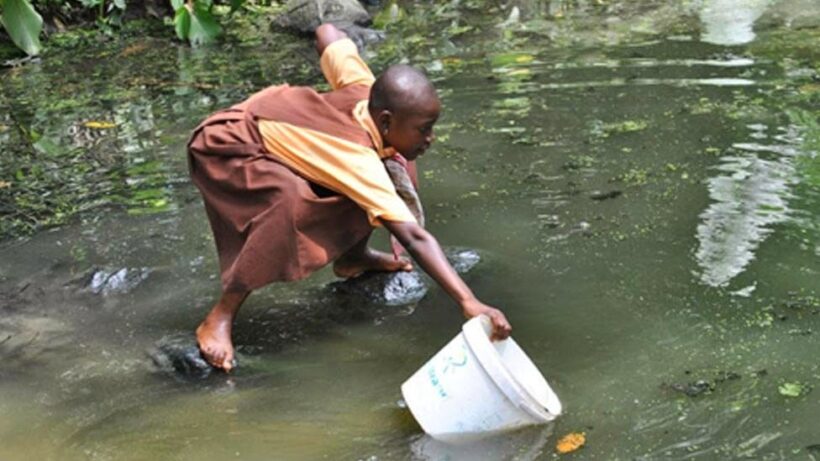More than half of people on Earth — approximately 4 billion— lack access to safe drinking water, which is double the number estimated in 2020, a new study by REACH global research program has found.
By Cristen Hemingway Jaynes
Launched by University of Nairobi and University of Oxford’s School of Geography and the Environment in 2015, REACH focuses on the improvement of Africa and South Asia’s water security for the poor.
“[A]n estimated 4.4 billion people lack safe drinking water across 135 low- and middle- income countries, which is more than double the global estimate made in 2020,” the study, published in the journal Science, said. “According to the Human Rights to Water and Sanitation resolution declared by the United Nations, water services must ensure sufficient quantity, safety, reliability, physical proximity, affordability, and nondiscrimination. These goals are challenging in rural areas of Africa and Asia and in sparsely populated regions where safe drinking water services on premises are costly and complicated to maintain.”
The authors of the study identified primary factors affecting the safety of drinking water, including fecal contamination.
“[F]actors such as high annual average temperatures and seasonality of precipitation negatively affect safely managed drinking water. Further, land use, vegetation, and bedrock, which influence the storage and movement of groundwater, affect overall water resource availability,” the authors wrote.
The longitudinal modeling used in the study showed that water demand was influenced by seasonal rainfall patterns — like wet spells during dry seasons or dry spells during wet seasons — which affected seasonal revenue from tariffs paid by users and, in turn, the financial sustainability of drinking water services.
In their consideration of environmental and climatic conditions, the researchers used remote sensing data and household surveys and found that water quality was the main challenge for providing safe water globally, a press release from REACH said.
“It’s clear that the impacts of climate change casts a large shadow. The analysis agrees with wider work on how droughts, floods and pollution are creating significant water quality and operational impacts manifested most acutely for people’s drinking water supplies,” wrote professor Rob Hope, director of REACH, in the press release.
Hope said that access to safe supplies of drinking water meant that safe water was accessible on demand, whenever people needed it. Safe water access also meant having water on the premises, without people having to travel to locate it. The water must also be free of bacteria, harmful chemicals and other contaminants, reported Phys.org.
The researchers used data from nearly 65,000 households worldwide to build their computer simulation, which generated maps for 135 countries that showed where safe drinking water access was available. They compared the maps with UNICEF data to come up with an estimate of how many people around the world cannot access safe drinking water.
The research team found that most people without access lived in East Asia, sub-Saharan Africa and South Asia, with the largest obstacles being contaminants and lack of infrastructure. The team discovered that roughly 650 million people in some parts of Africa did not have any water delivery services.
Hope said that data, service delivery and regulation needed to be strengthened in most countries worldwide, according to the press release. He pointed out the necessity of linking capital spending with services, and that billions had been wasted on building infrastructure globally that was not maintained.
Hope cited the work of Uptime in 16 nations to show that — in most rural contexts — service providers can guarantee reliable supplies of drinking water.
“4 billion people is a sobering number,” Hope said. “There is a danger that policy and investments focus on reaching the most people at the lowest cost, and do not focus on those most in need in more difficult environments.”
Cristen Hemingway Jaynes is a writer of fiction and nonfiction. She holds a JD and an Ocean & Coastal Law Certificate from the University of Oregon School of Law and an MA in Creative Writing from Birkbeck, University of London. She is the author of the short story collection The Smallest of Entryways, as well as the travel biography, Ernest’s Way: An International Journey Through Hemingway’s Life.






